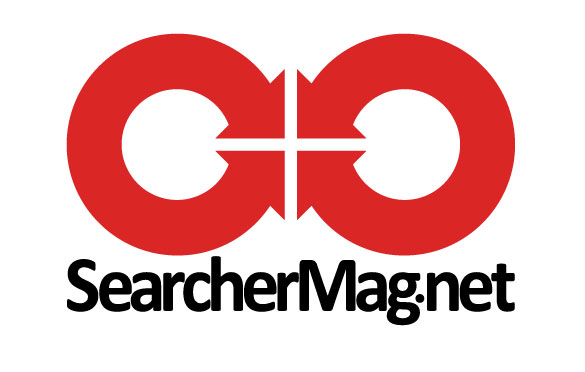As you surf around the web, you may have come across a couple of ads that seem to be following you around as you jump from one site to another – Impressive, right? How much money do such companies invest in marketing to afford ads on almost every website you visit? It must be a fortune, right?
Well, guess what…you’re wrong! This type of marketing is what some marketers refer to as ‘a second chance at love’. It’s like casting a fishing net back at sea for the second time, but now with smaller holes to prey on the smaller, elusive fish. It’s considerably effective and comes at a significantly smaller price compared to paying for ads on different websites.
So, how does it work?
How it Works
Remarketing, also popularly referred to as retargeting, is directed at warm leads who after accessing your site, leave and move on to other sites. If you, for instance, accessed www.x.com and moved on to www.y.com, you might see a banner ad on the latter site specifically targeting you to redirect you back to the former. Therefore, it’s more of a personalized marketing strategy targeting specific individuals.
Remarketing is considered to be significantly more effectual than traditional banner ads primarily because of the principle of targeting warm leads. A person who visits your website has demonstrated some interest in your company and is therefore considered to be a warm lead, who may visit again and perhaps get converted into a paying customer.
Traditional banner ads usually target cold leads by profiling them according to their interests, age, sex and browser history. A sports fan who regularly Google’s on soccer for instance, may get ads on ‘adidas soccer shoes’ on a random website. This type of ads is reasonably effective but not as effectual as retargeting. For such a sports fan, remarketing would display ads on specific websites he may have visited in the past, hence increasing the chances of revisits and subsequent transactions.
Various websites have successfully used this marketing strategy to improve the lead conversion process and subsequently increase revenue. A case study by Google on the Loews Hotel Group revealed that the company had shifted 70% of their offline budget to the internet, to invest in remarketing and contextual targeting. Through that, they increased their unique site visitors by 5%, bookings by 9% and the overall revenue by 10%. Ultimately, they were able to convert $800 marketing budget to $60,000 in sales.
Setting it Up
To implement remarketing in your website, you need to include some piece of Javascript code that will drop anonymous browser cookies when new visitors access your site. The cookies subsequently communicate with your service provider as the visitors shift to other sites, allowing it to display personalized ads according to the surfing trails of your individual visitors. Once implemented in your site, the code is unnoticeable and will not affect the general performance the website.
Metrics
Like any other marketing strategy, it’s critically important to track the performance of your remarketing strategy and subsequently measure your results vis-a-vis your investment. Here are some of the most important metrics to look out for:
- ROI (Return on Investment): Deduct the investment costs from the investment gains and divide the result by the investment gains.
- CPC (Cost per Click): Divide the total marketing budget by the number of clicks received.
- CTR (Click Through Rate): Divide the number of ad clicks by the number of impressions
These key metrics will ultimately give you the true results of your remarketing strategy, which in most cases, has generated impressive results.



